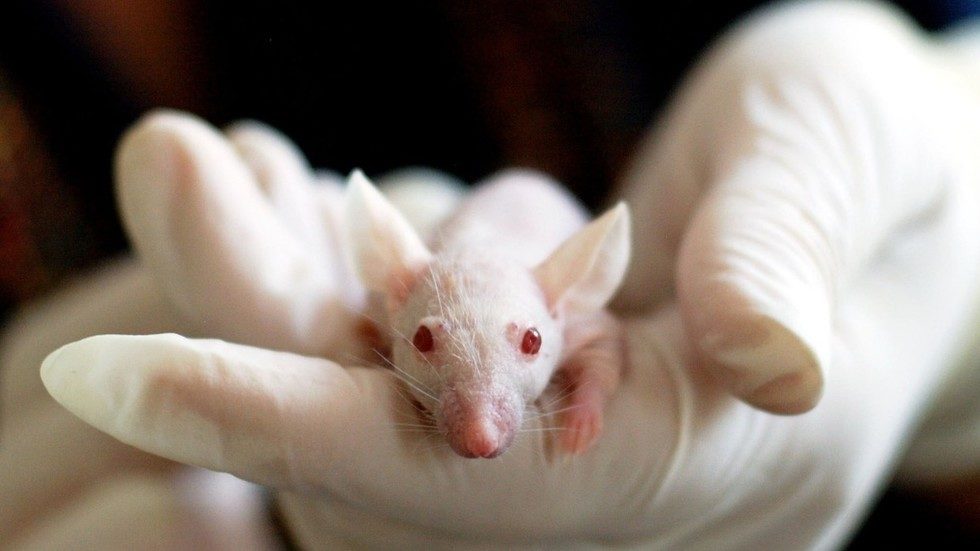A pair of proteins could help regenerate amputated limbs. When applied to amputated toes, the proteins encouraged both bone and joint growth in mice.
Joints are structurally complex, so even for animals that can regrow their lost limbs, rarely can they regenerate their joints as well.
Ken Muneoka at Texas A&M University and his colleagues had previously regenerated bones in mice after they were amputated by treating the stump with a bone-growing protein, BMP2. But joint structures never formed.
The team suspected that another bone-growing protein, BMP9, could be essential in joint building. So they tried applying the protein to mice that had their toes amputated. After three days, over 60 per cent of the stump bones formed a layer of cartilage, as seen in joints, at the end of the bones.

"Our study is transformational," says Muneoka. He suggests this experiment proves that even though mammals can't regenerate body parts, we have cells that know how to and what to grow. "They can do it, they just don't do it. So, we have to figure out what's constraining them," he says.
Because human skeletal structure is very similar to that of mouse, Muneoka says he is optimistic that one day we will be able to help amputees regrow their limbs. But more studies need to be done before any trials in humans, he says.
Journal reference: Nature Communications, DOI: 10.1038/s41467-018-08278-4




Reader Comments